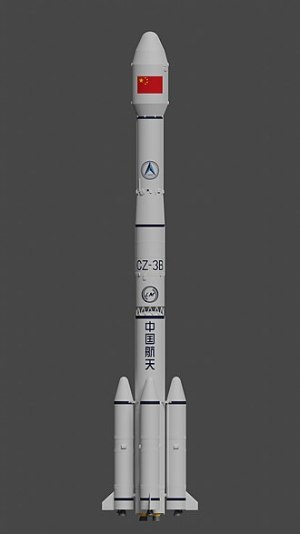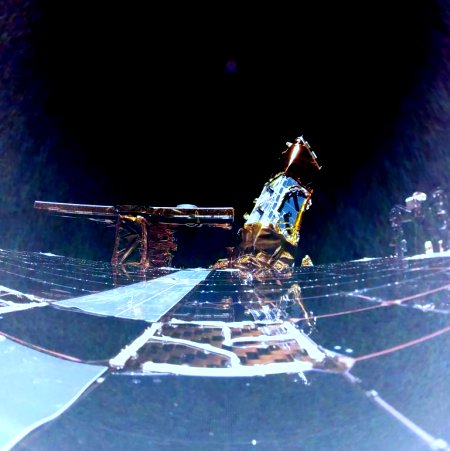NASA’s useless safety panel makes another useless announcement about Starliner
An official of NASA’s ineffectual and largely corrupt safety panel yesterday made another meaningless update on the work Boeing is doing to fix the thruster problems that occurred on the first manned flight of its Starliner manned capsule last summer, and as always told us absolutely nothing.
Paul Hill, a member of the Aerospace Safety Advisory Panel (ASAP), said at a Jan. 30 public meeting that the committee was briefed on the status of the investigation into Starliner’s Crew Flight Test (CFT) mission recently. That mission launched in June with NASA astronauts Butch Wilmore and Suni Williams on board, but the spacecraft returned to Earth three months later uncrewed because of agency concerns about the performance of spacecraft thrusters.
“NASA reported that significant progress is being made regarding Starliner CFT’s post-flight activities,” he said. “Integrated NASA-Boeing teams have begun closing out flight observations and in-flight anomalies.” He didn’t elaborate on the specific issues that the teams had closed out but stated that it did not include the thrusters, several of which shut down during the spacecraft’s approach to the station. The propulsion system also suffered several helium leaks. [emphasis mine]
In other words, this announcement was meaningless, because it included no information about the main problem. Hill’s comments were mostly empty blather, which is generally what this panel says in all its announcements. We still do not know when or if Starliner will fly again with astronauts on board.
Over the years the panel has bent over backwards to say positive things about Boeing, so that it missed all of Boeing’s design and construction failures from day one. At the same time it repeatedly slammed SpaceX, even though that company clearly had its act together and ended up fulfilling all of its contract obligations to NASA, even as Boeing has failed to do so.
If I was a member of Trump’s DOGE project, eliminating this safety panel would be very high on my list of things to do to make NASA’s more efficient. All it does is slow things down, often for exactly the wrong reasons.
An official of NASA’s ineffectual and largely corrupt safety panel yesterday made another meaningless update on the work Boeing is doing to fix the thruster problems that occurred on the first manned flight of its Starliner manned capsule last summer, and as always told us absolutely nothing.
Paul Hill, a member of the Aerospace Safety Advisory Panel (ASAP), said at a Jan. 30 public meeting that the committee was briefed on the status of the investigation into Starliner’s Crew Flight Test (CFT) mission recently. That mission launched in June with NASA astronauts Butch Wilmore and Suni Williams on board, but the spacecraft returned to Earth three months later uncrewed because of agency concerns about the performance of spacecraft thrusters.
“NASA reported that significant progress is being made regarding Starliner CFT’s post-flight activities,” he said. “Integrated NASA-Boeing teams have begun closing out flight observations and in-flight anomalies.” He didn’t elaborate on the specific issues that the teams had closed out but stated that it did not include the thrusters, several of which shut down during the spacecraft’s approach to the station. The propulsion system also suffered several helium leaks. [emphasis mine]
In other words, this announcement was meaningless, because it included no information about the main problem. Hill’s comments were mostly empty blather, which is generally what this panel says in all its announcements. We still do not know when or if Starliner will fly again with astronauts on board.
Over the years the panel has bent over backwards to say positive things about Boeing, so that it missed all of Boeing’s design and construction failures from day one. At the same time it repeatedly slammed SpaceX, even though that company clearly had its act together and ended up fulfilling all of its contract obligations to NASA, even as Boeing has failed to do so.
If I was a member of Trump’s DOGE project, eliminating this safety panel would be very high on my list of things to do to make NASA’s more efficient. All it does is slow things down, often for exactly the wrong reasons.






